|
Built by the infamous Grosvenor Atterbury in 1917 for Lousine Peters and her husband, Harold Weekes, is Wereholme, a 28 room mansion on the South Shore of Long Island which was inspired by a French chateau of the same name. Atterbury is known for his work with weekend houses for wealthy industrialists. Born in Detroit, MI in 1869, educated at Yale University, he would go to work in the offices of McKim, Mead & White. He is known as the mastermind of the well to do neighborhood of Forest Hills in Queens New York. In the early part of the 20th century, the estate was part of a 300-acre "gentleman's farm", called "Windholme Farm", which was owned by Samuel and Adaline Peters. Mr. Peters was a coal broker who, with his partner Richard Williams, founded Williams and Peters coal brokers. In 1880, he purchased 300 hundred acres of waterfront property on the Great South Bay on Long Island’s Gold Coast. The estate had pigs, chickens, and cows, a private fishing camp, a stable of polo ponies, a kennel of top-notch Foxhounds and Gundogs, and spectacular formal gardens. He spent his summers with his family boating and fishing on the Great South Bay. Mr Peters died of heart disease at his home in Islip, NY, after a long illness, at the age of 67. The property would soon be divided by South Bay Avenue and each side was given to one of their two children, Harry and Lousine. Harry took 200 acres to the east and Lousine the 70 acres to the west. Harry was very much like his father and inherited his father’s interests all the way from fine art to coal. He was also a partner in William and Peters. His kennels, the Windholme Kennel, played a starring role in Greyhounds. Peters was an avid sportsman, with a passion for hunting, horses, and dogs. In 1925 he became Co-Master of Foxhounds of the Meadow Brooke Hunt in Long Island, New York, a position he held into the 1940s. He was a member of the Westminster Kennel Club and often served as an exhibitor and judge at dog shows. He gave a lecture “Sport in Art through the Ages,” at the Metropolitan Museum of Art in (circa 1937-1940), and began drafting a full length work on the same topic that was never published. In 1935 he authored Just Hunting, which provides personal and historical perspectives on the subject with illustrations by Betty Babcock. Peters was an active member of the Grolier Club, American Antiquarian Society, and New-York Historical Society. He also participated in home defense activities, serving as a member of the Fuel Administration during World War I, and as Civilian Defense Director for Suffolk County during World War II. Peters retired from the coal business in 1945. He died in 1948 at age 66, survived by his wife Natalie (née Wells), his daughter Natalie Peters Webster, and his son Harry T. Peters, Jr. Source: Museum of the City of New York In 1917, Atterbury built the estate, which would become known as the Scully Estate or Wereholme. Louisine Peters only daughter Hathaway, also known as”Happy”, would inherit the property . Although married several times, she produced no heirs of her own and by 1960 became committed to donating her property to the National Audubon Society. She said it was her "wish that the property be used as a wildlife sanctuary and nature center." Across the street Natalie Peters Webster, Happy's first cousin, who had inherited the property, decided to do the same as she also had no heirs. Together the properties formed the Seatuck National Wildlife Refuge. Natalie's husband, Charles Webster, would later found the Seatuck Environmental Association to conduct education and research on the property. Upon her death in the 1980’s, the named was changed to the "Scully Sanctuary" and became the home of the Living Oceans Campaign. In June 2004, Suffolk County purchased the property and opened it to the public in April of 2010 as the Suffolk County Environmental Center.
0 Comments
It all started in 1847, when a freed black slave named Mrs. Elizabeth Sutliff Dufler purchased 87 acres along the river and began selling clay to the potteries in New Jersey. Dulfer was born a slave, but went on to became a successful businesswoman in Little Ferry after her clay company along the Hackensack River soon became the second-largest in the nation. She passed away at 90 and is buried at Gethsemane Cemetery in Little Ferry. Little Ferry was formed during the "Boroughitis" phenomenon that swept through Bergen County, during the late 1800’s from portions of Lodi Township and New Barbadoes Township. It began as an important ferry crossing between the region's towns at Bergen and Hackensack and this ferry is what influenced the name of the town, "Little Ferry", "little" being that it was smaller than another ferry which crossed the Hudson from Jersey City and Hoboken to New York City. But back to my story.. The first brickyards were established by Cole and Shower in 1872, but soon passed into the hands of John Thume before passing into the hands of the Mehrhofs. Little ferry became a hotbed of activity in the brick industry due to its extensive beds of clay which led to hundreds of people being employed in the brickyards. Bricks on barges floating down the Hackensack River were a common sight. Many more brick companies would find their place in Little Ferry; W. Felter, Charles E. Walsh, Treviranus & Gardner Brick Yards, and James Gillies were just a few. In 1895, the combined output of the four large yards reached 100,000,000 bricks annually, making Little Ferry the second largest producer in the United States. By 1904, Little Ferry had in total eight brickyards operating, but soon after World War I, the brick industries of Little Ferry began to decline. In 1923, the number was down to four, and finally the Hackensack Brick Company was the last brickyard to go out of business. At the eastern end of Main Street is the Classic Mable and Tile. If we went back 100 years , we'd find this to be the location of Treviranus & Gardner. Treviranus & Gardner was once the scene of a race riot In which the white residents of the town opposed 75 colored men employed in the brick yards of the company. The Mehrhof’s were a major family in the brick business. Not only did they have the Mehrhof Brick Company at the foot of Mehrhof Road, but also had the the E. N. Mehrhof Company at the foot of Treptow Street. After the finished product was complete, the Mehrhofs loaded up the bricks into the four schooners to make their way to the markets in Paterson, Newark, New York and Providence, Rhode Island. A schooner is a type of sailing vessel with fore-and-aft sails on two or more masts, the foremast being shorter than the main and no taller than the mizzen if there is one. The Mehrhof firm owned one of the fastest river schooners in the country which was under the command of Capt. "Joe" Kinzley, who retired in 1915. The schooners were later replaced by barges. Horse-drawn vehicles were used for over-land transportation. The Mehrhofs were originally from Hesse Darmstadt, Germany until 1841, when the father of the family, Philip, left for America and soon found himself in Croton Point where he worked as an architect. He moved to Oneida where he lived out the rest of his life until 1869. The brothers started in the brick industry almost immediately upon coming to America, when they found themselves working for the A. Underhill Company. The middle child, Peter Mehrhof, was the first to come to the town of Little Ferry where he purchased 120 acres of land and set up shop. He was sooned joined by his brothers. I visited the Losen Slote Creek Park which has a trail that encircles Mehrhof Pond, which was formerly a clay pit for a brick manufacturing company that occupied the property until the 1940’s. The park is named for the Losen Slote (Dutch for “winding creek”), a Hackensack River tidal tributary. This was once the location of some of the Mehrhof Enterprise. After visiting the park, I headed up to Washington and Pickens to see Willow Lake. In 1884 it was the site of the Felter brickyard. Heading further north in Little Ferry, I make my way to Lakeview Field, which is situated around Indian Lake. The pond was once a clay pit for the brick industry as well. The clay pits of Mr. Gardner were once the scene of a horrible tragedy when his daughter, just one month shy of her wedding, accidentally fell and slipped into the clay pit and drowned. Today the brickyards are gone, but one can go and see what is left, the three lakes of Little Ferry; Willow, Indian and the pond at the end of Mehrhof Road. After the brick yards stopped operating, the pumps were left idle which let the ponds fill in. Laura Gonzalez
In the town of Cold Spring Harbor in Suffolk County in Long Island New york is the Uplands Farm Sanctuary. Once part of the “Uplands” estate, it was donated by Jane Nichols, the daughter of the financier J. P. Morgan. Nearly a century ago the land was used for sheep ranching for wool. It was built by Effingham Lawrence in 1917 . In 1926 it was bought by wealthy financier J.P. Morgan and given as a wedding present for his daughter, Jane and her husband George Nichols who was a cottons merchant dealer and yachtsman. The sanctuary is dedicated to the memory of Mrs. Nichols. Jane is credited with stopping the proposed freeway extension that would have connected Long Island to Connecticut. She hired an environmentalist to find any reason of something that may become endangered thereby stopping the expressway's extension that would have run through her property. Opposition by the wealthy to advancements in infrastructure was quite common in those times given the shape of the Northern State Parkway’s snake like appearance as it winds through the edges of the once grand estates of the Gold Coast. Besides the addition of intense traffic the parkway has not changed in appearance all that much since its construction. In 1920, the Nichols family began raising cattle and ultimately ran a dairy at Uplands Farm until 1962. In 1981, when she passed away, the land was donated to the Nature Conservancy. The property originally contained six residences, two greenhouses, a Georgian manor house and two large garages. In 1982, the Conservancy sold off the manor house and five acres of well-kept lawns to a homeowner to bring in much needed revenue to the organization and to finance the upkeep of the preserve. Today, the old farm buildings serve as an office for The Nature Conservancy's Long Island Chapter. And the trails are open to the public 7 days a week. Laura Gonzalez
|
ABOUT THE AUTHORLaura Gonzalez is a photographer, blogger and historian currently residing in Newark, New Jersey. Archives
April 2021
Categories
All
|
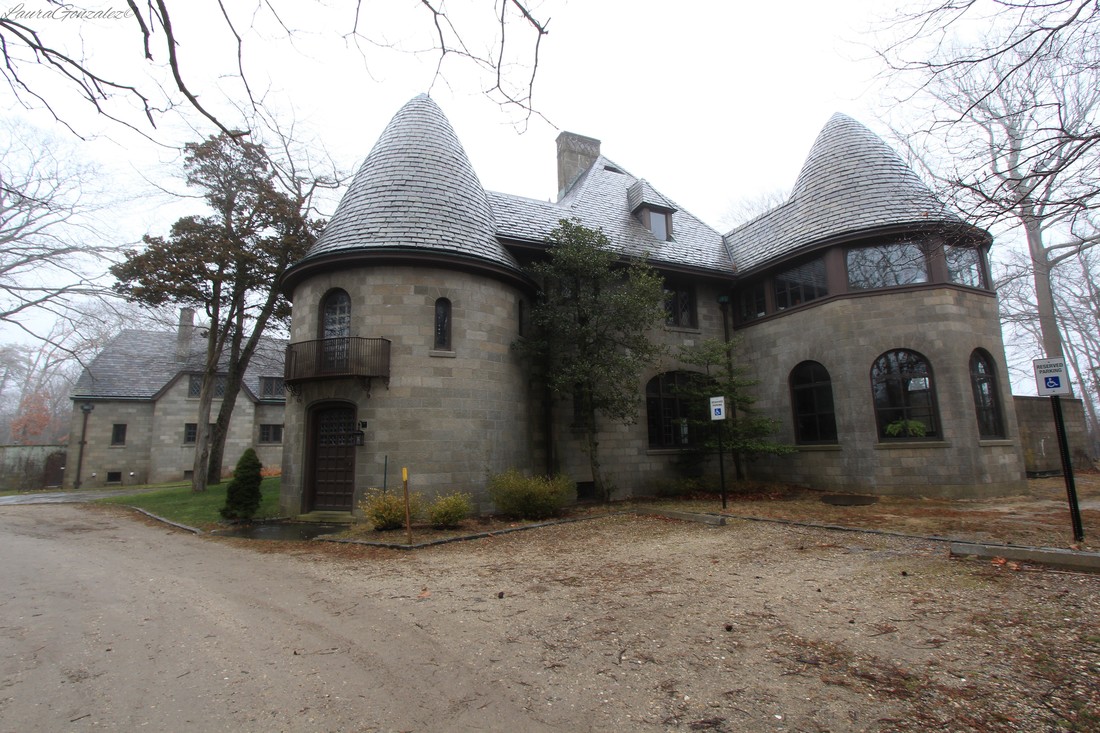
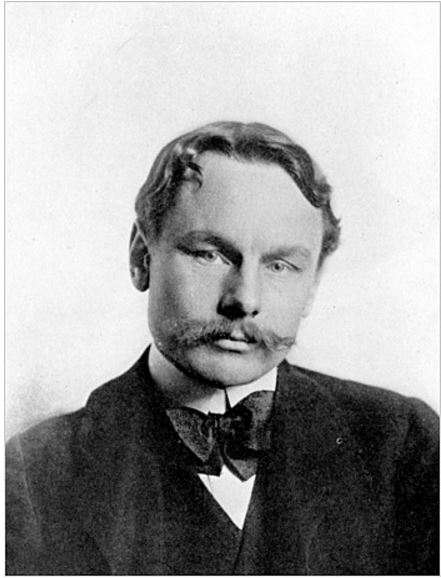
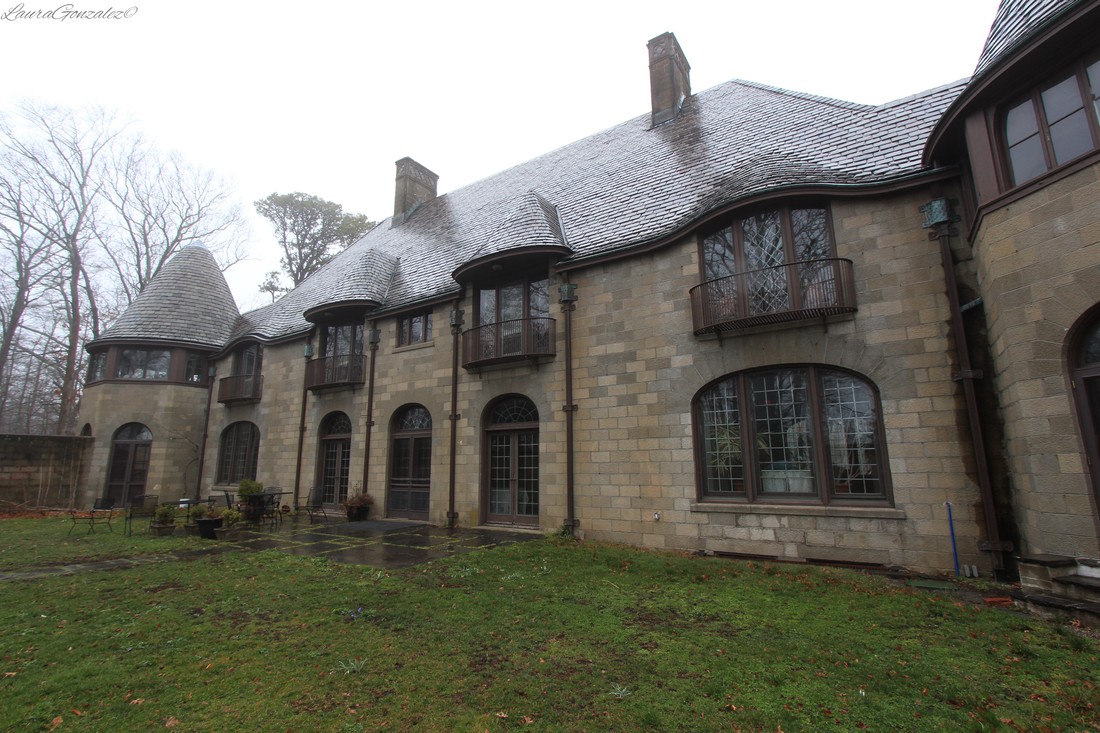
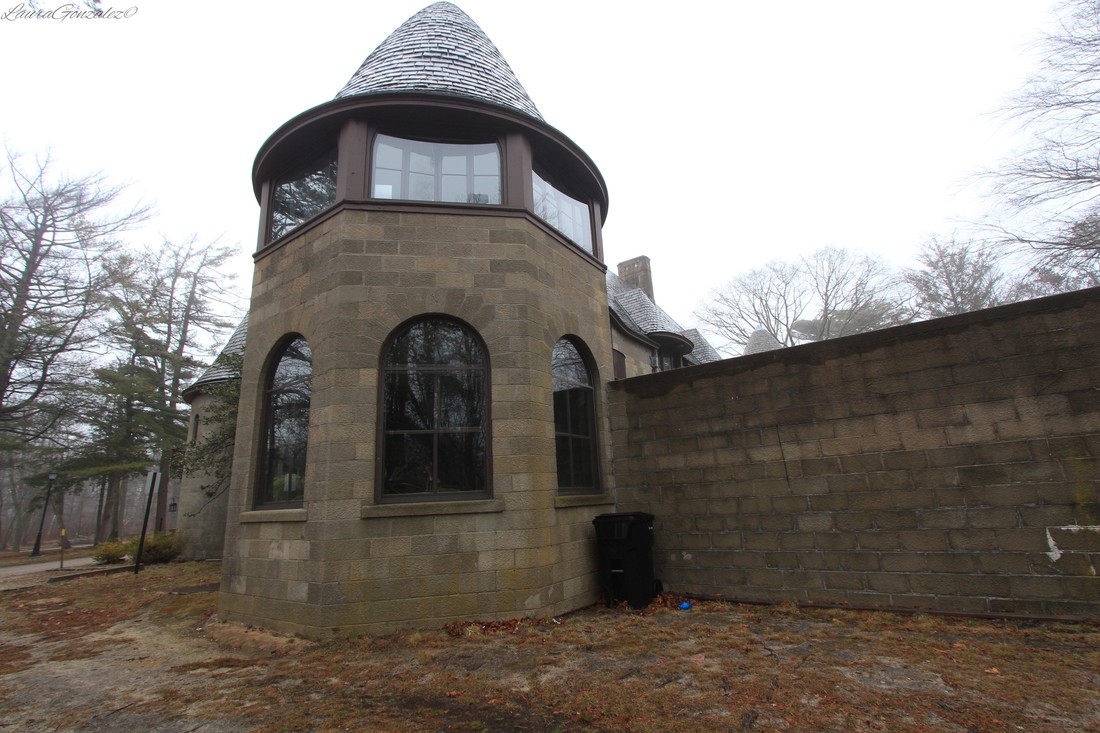
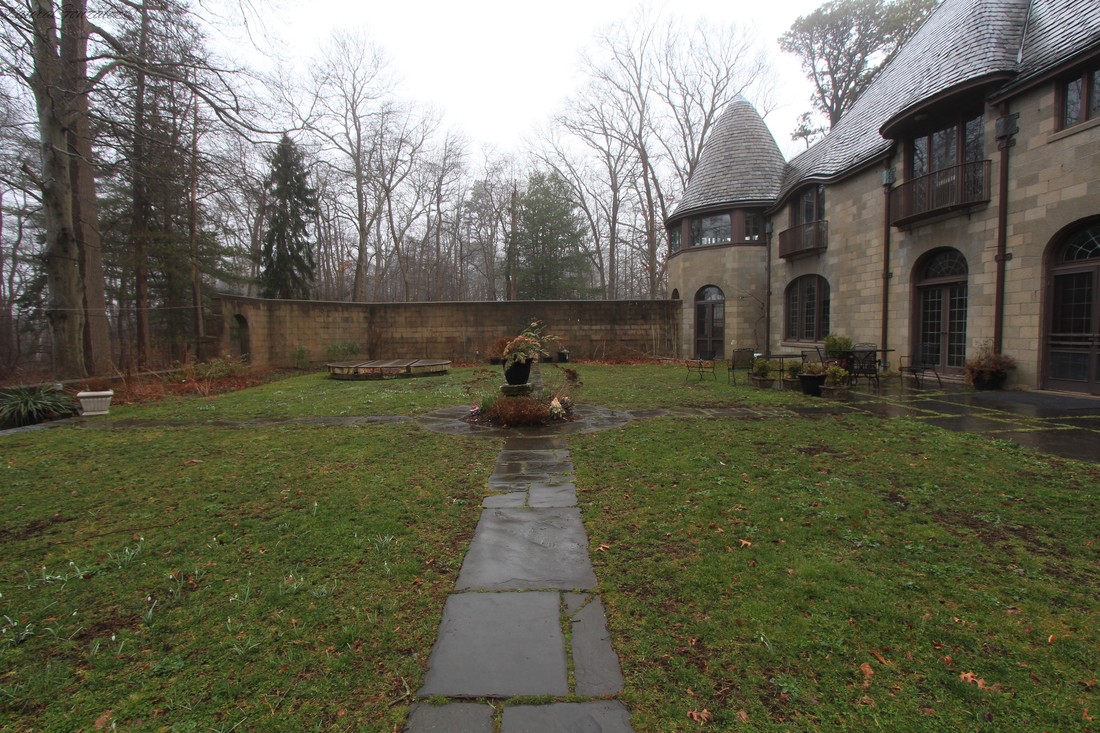
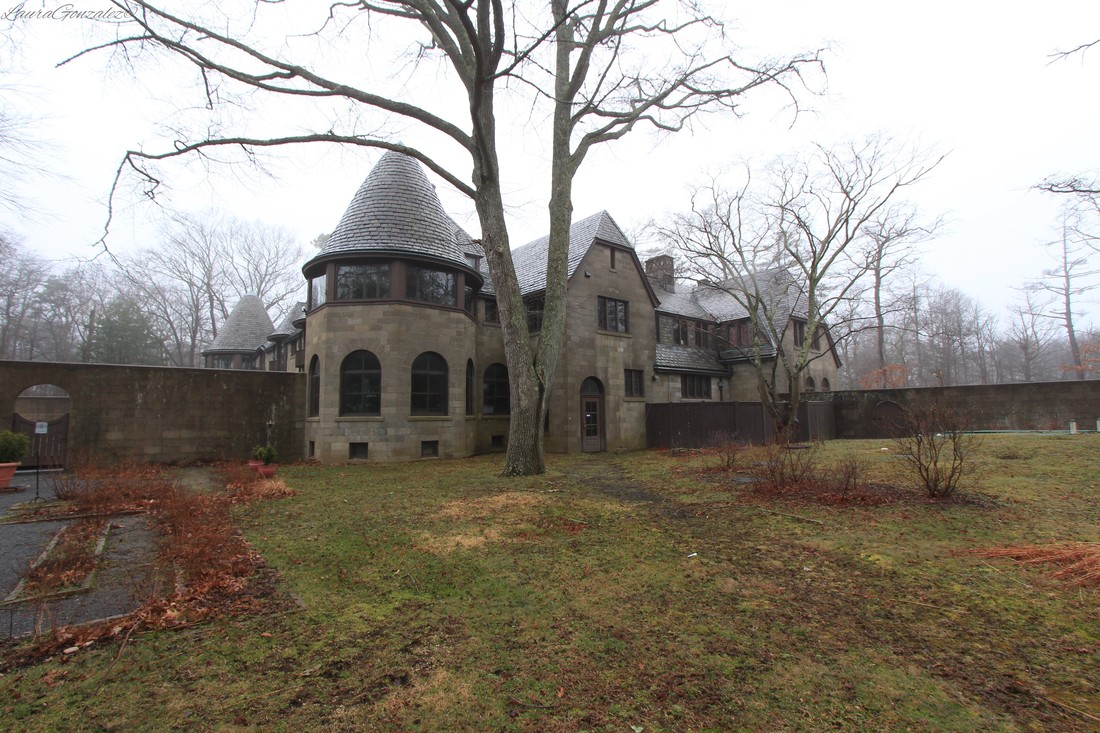
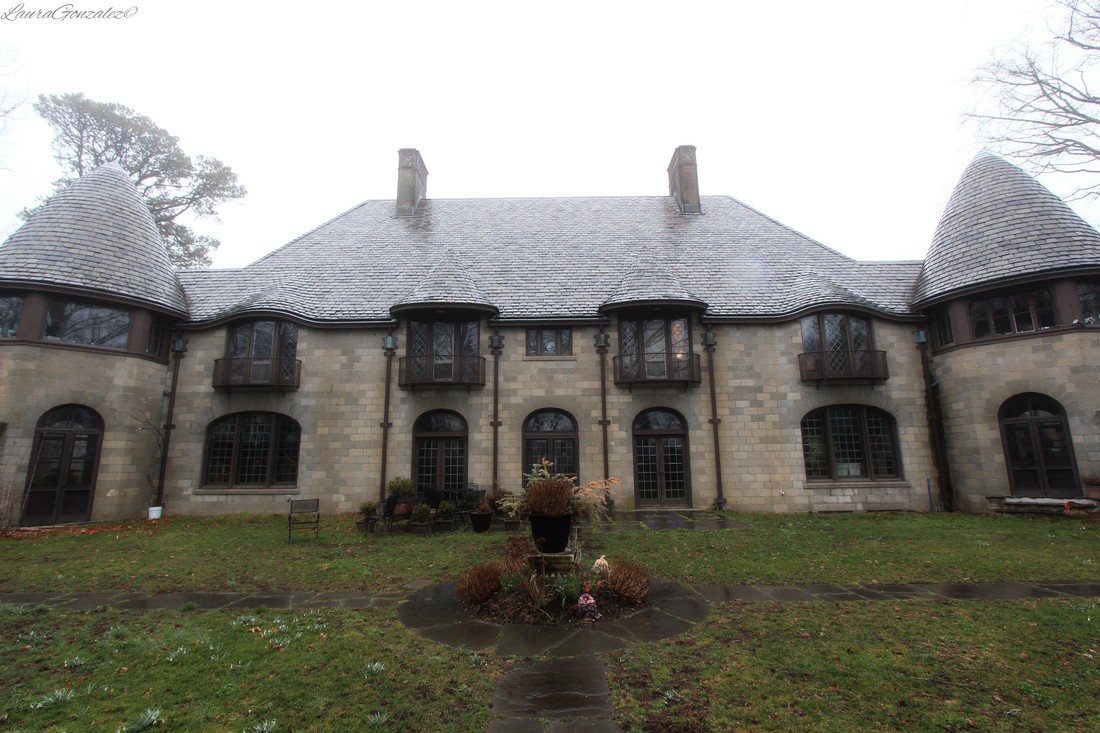
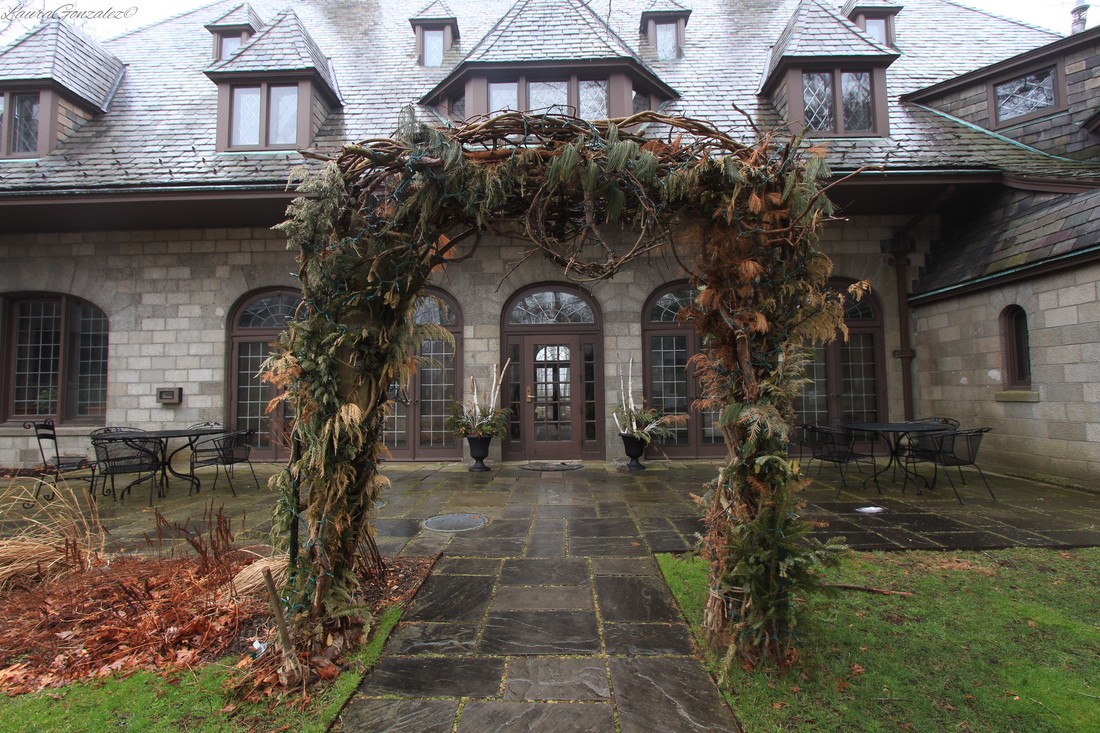
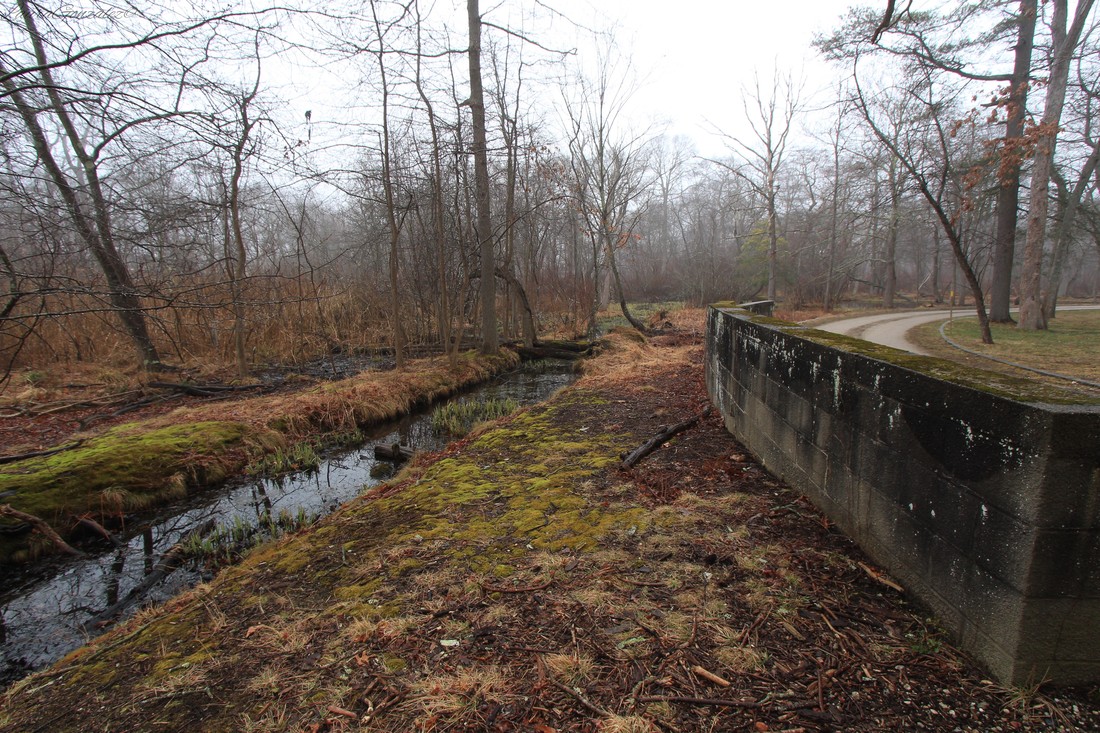
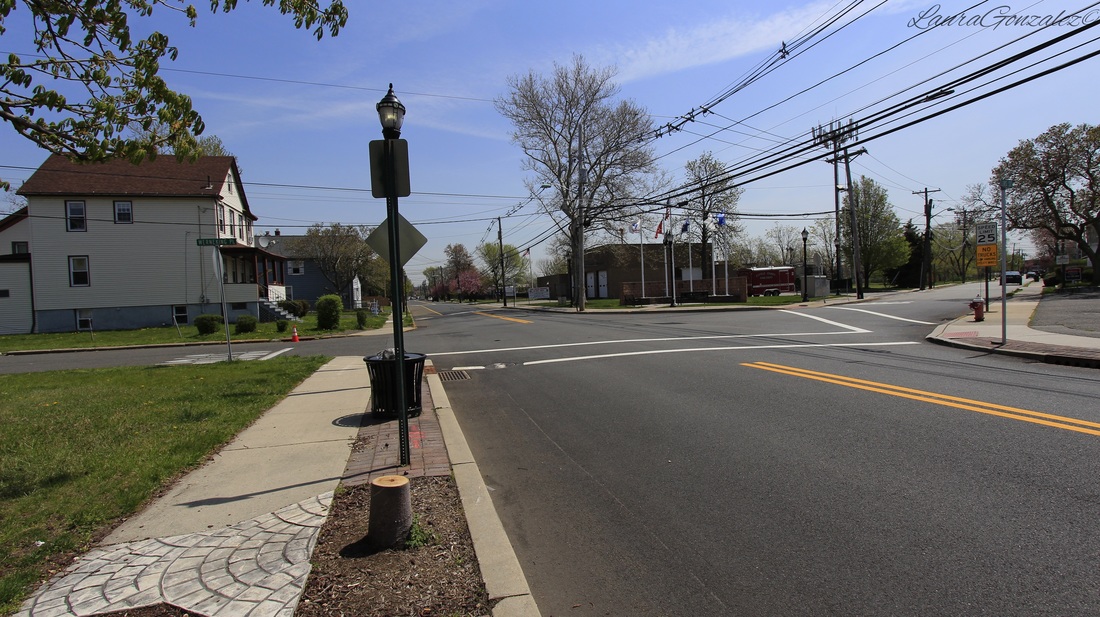
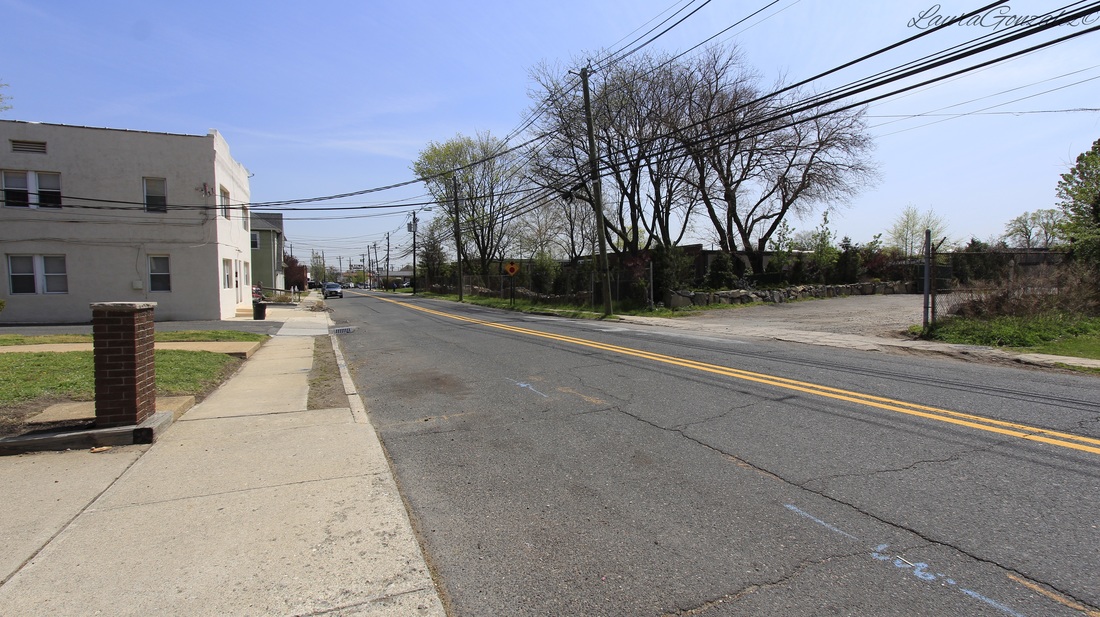
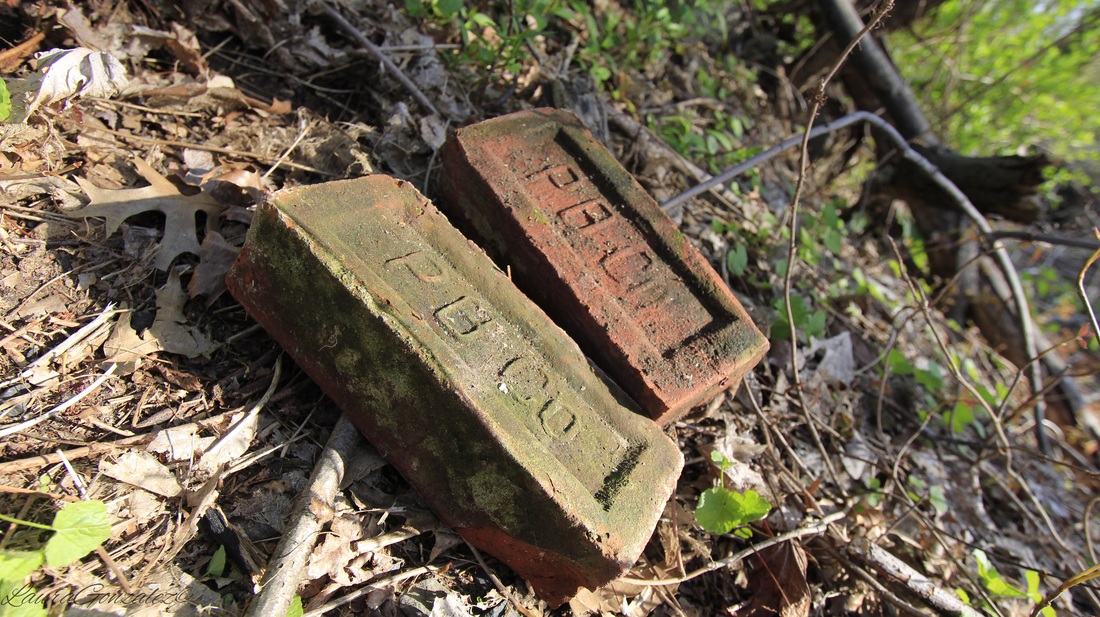
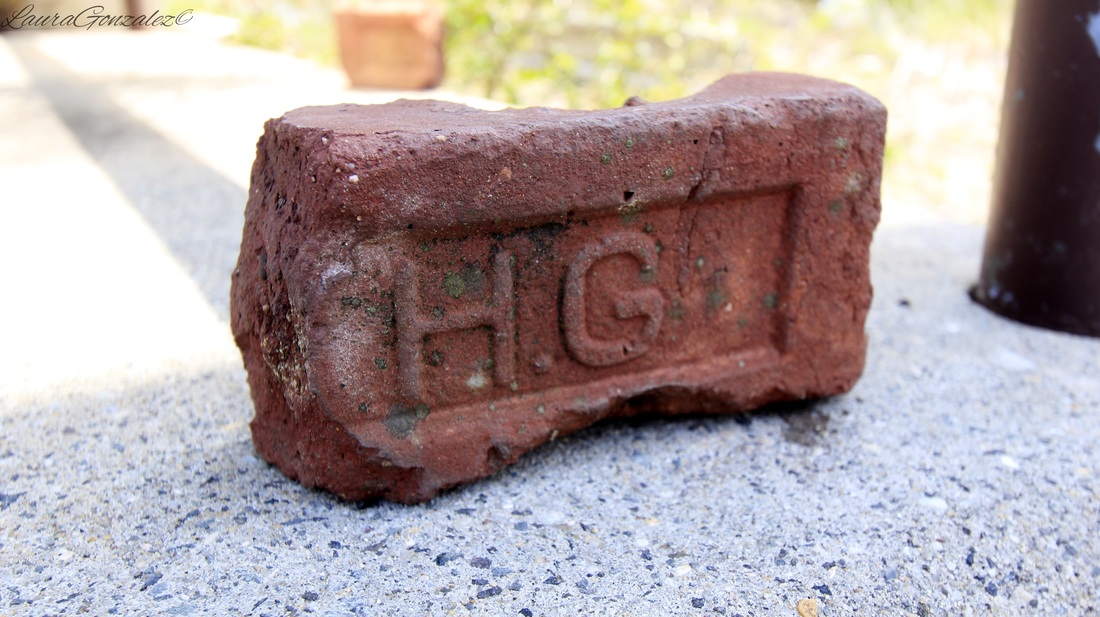
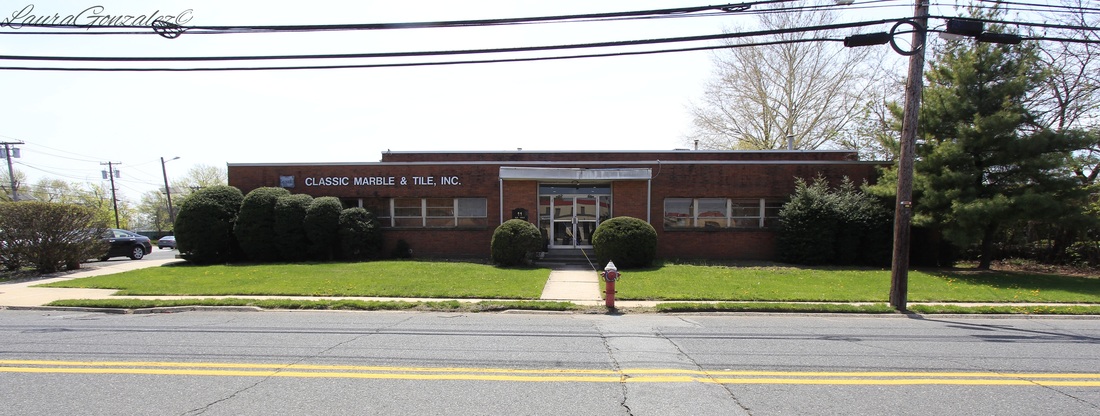
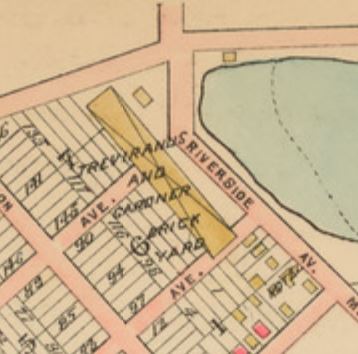
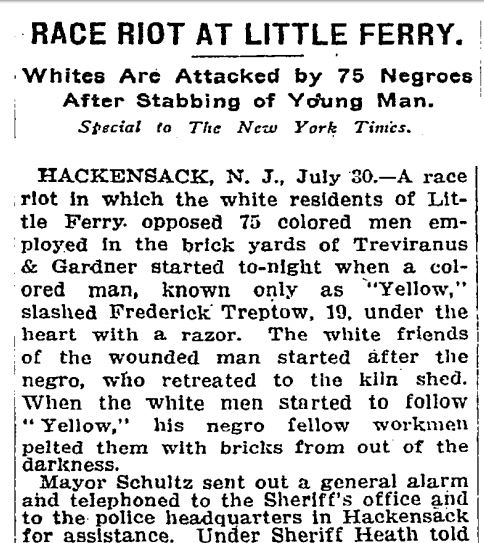
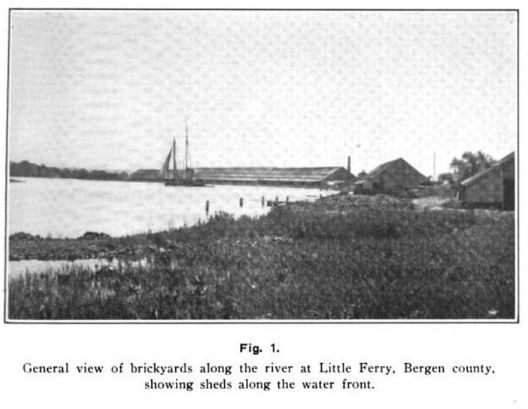
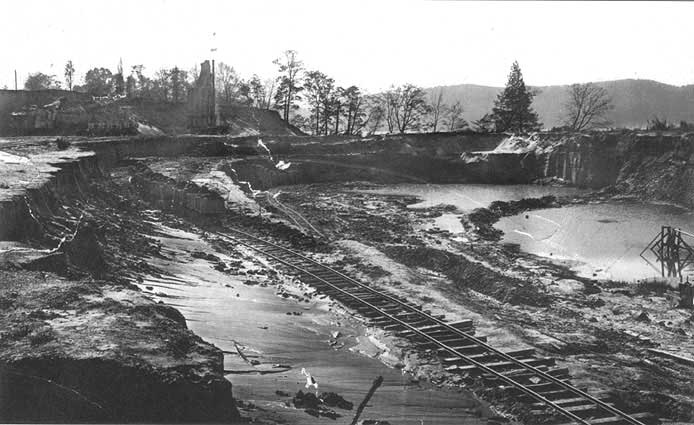
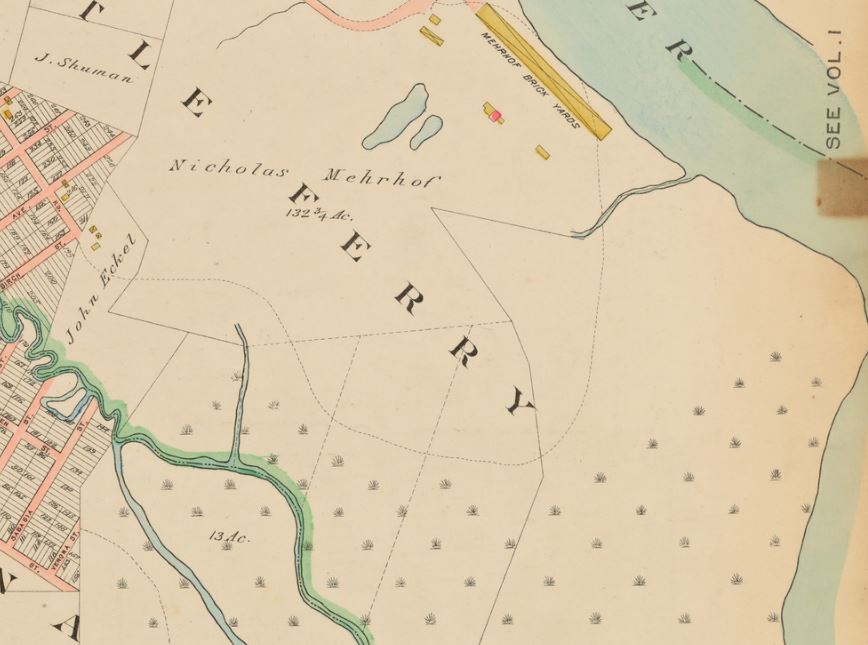
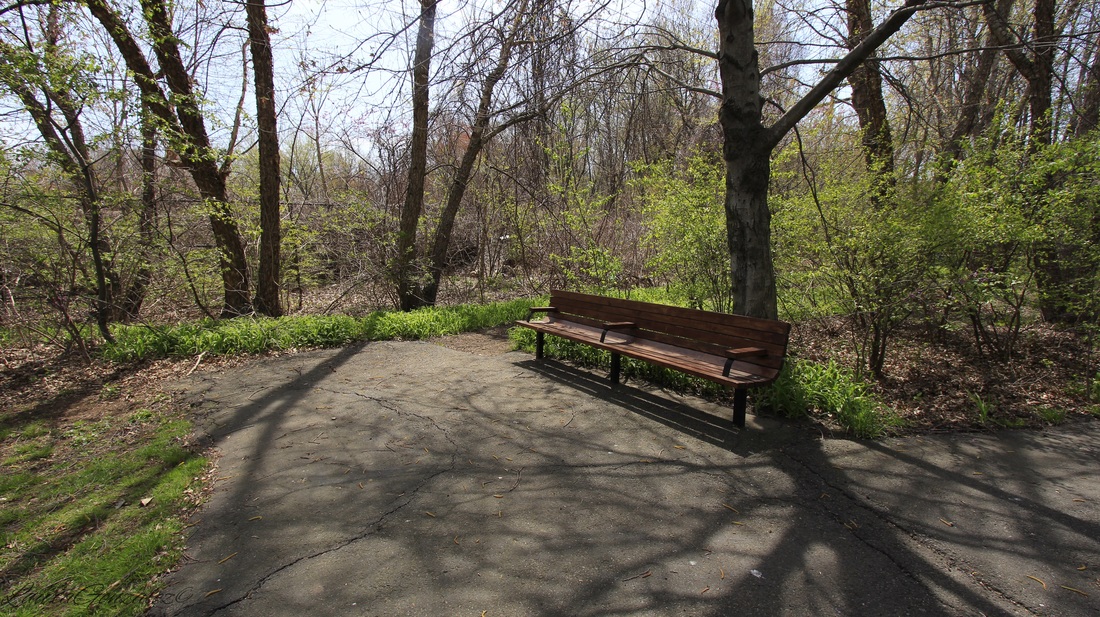
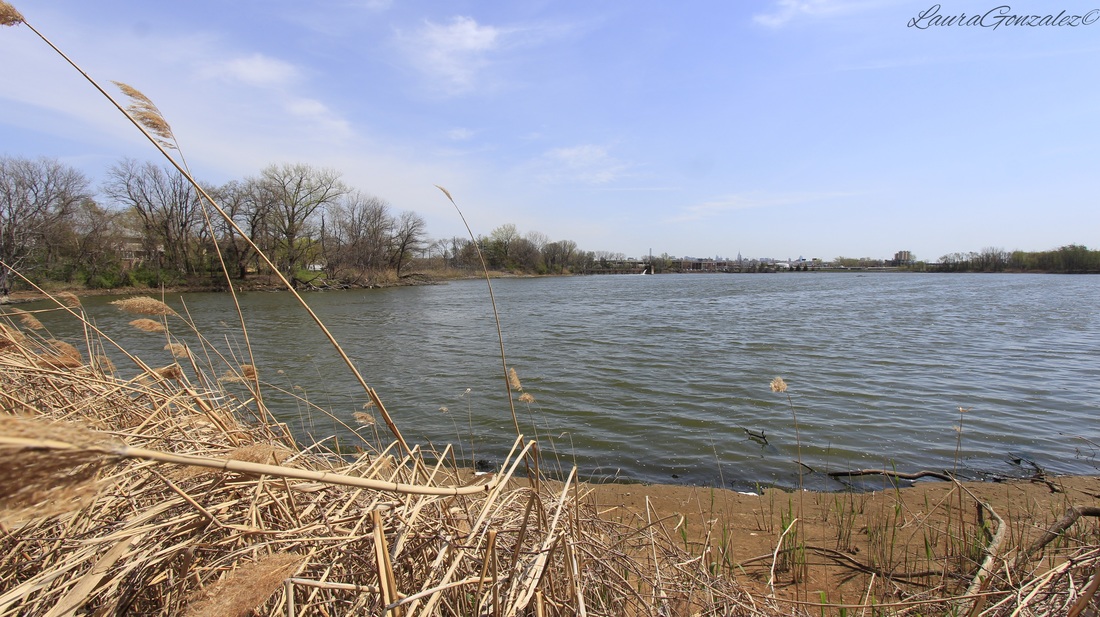
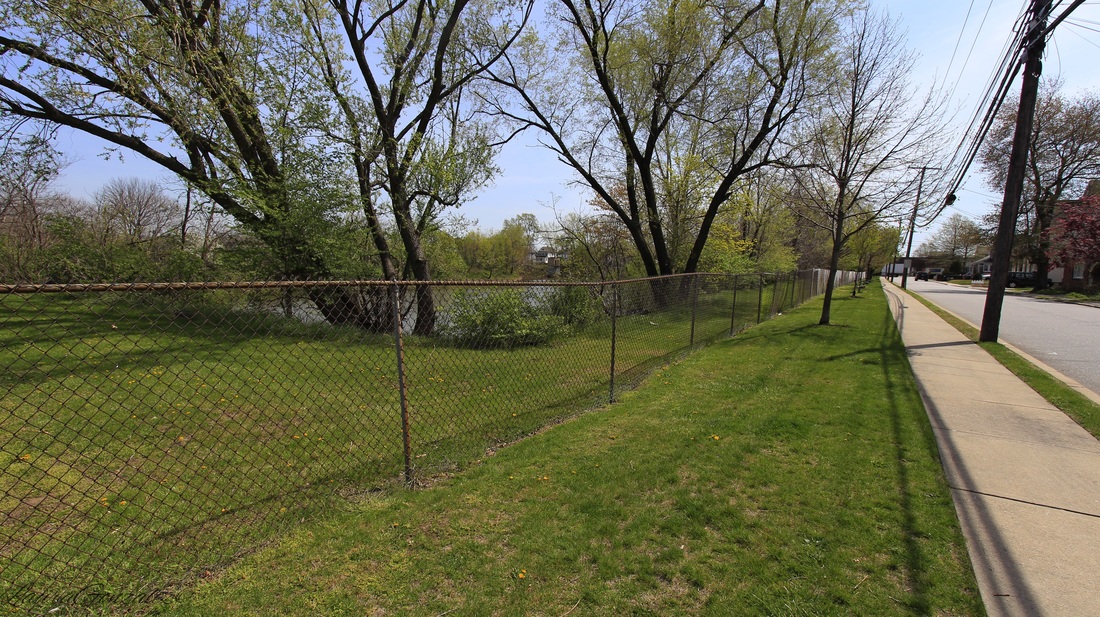
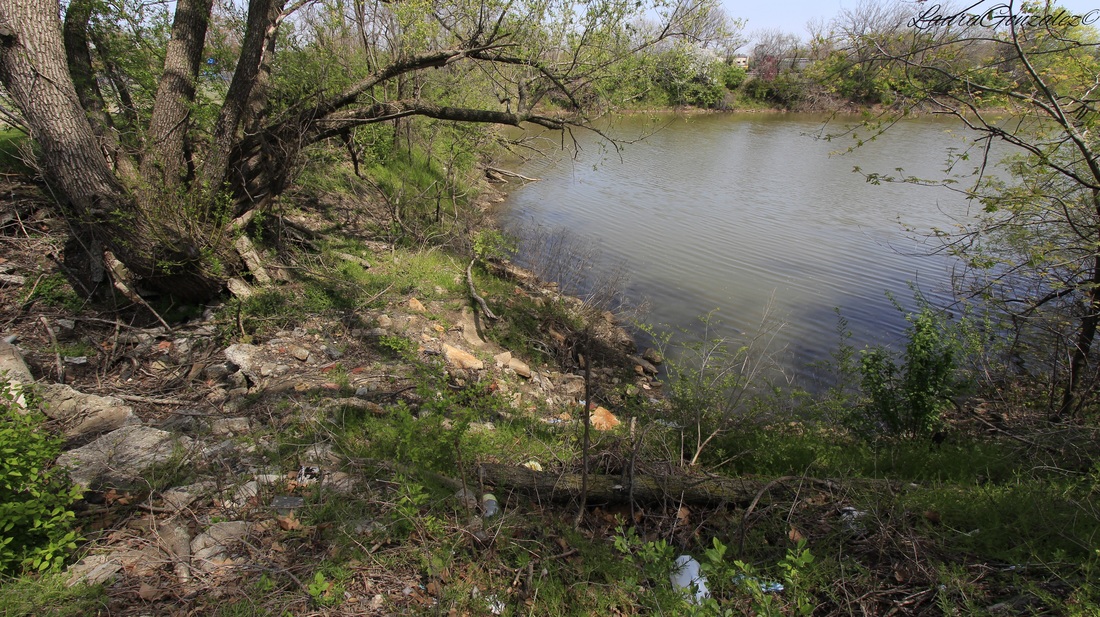
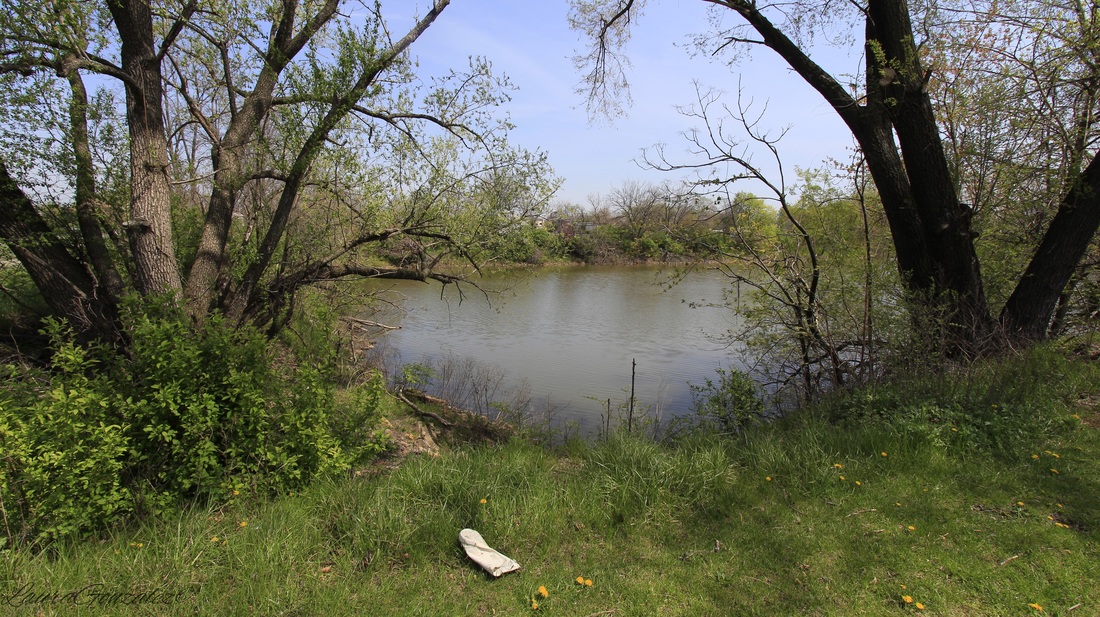
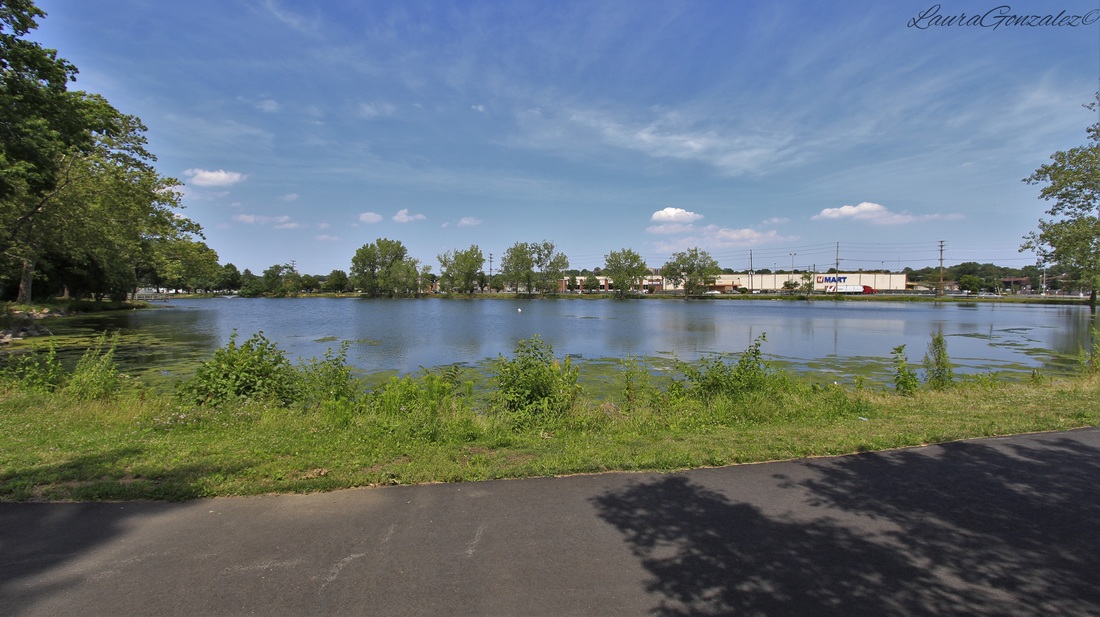
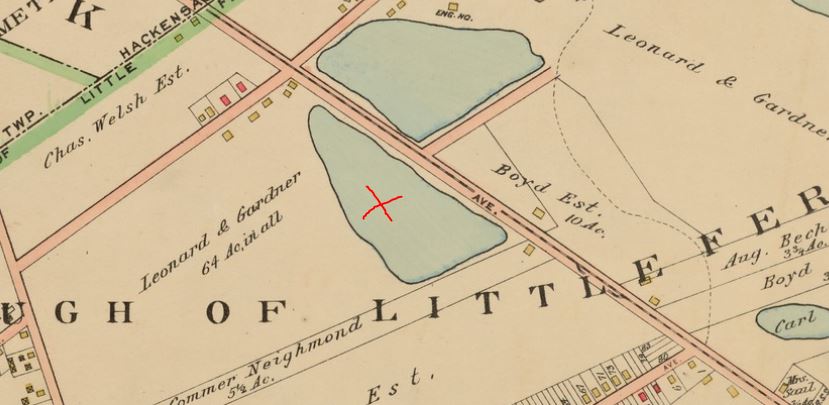
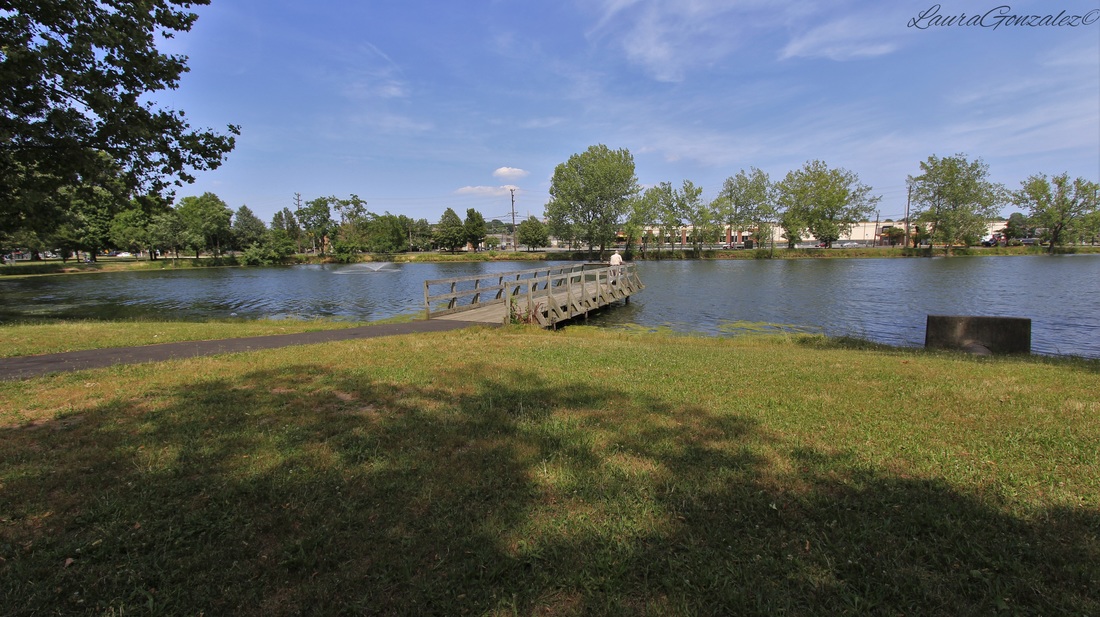
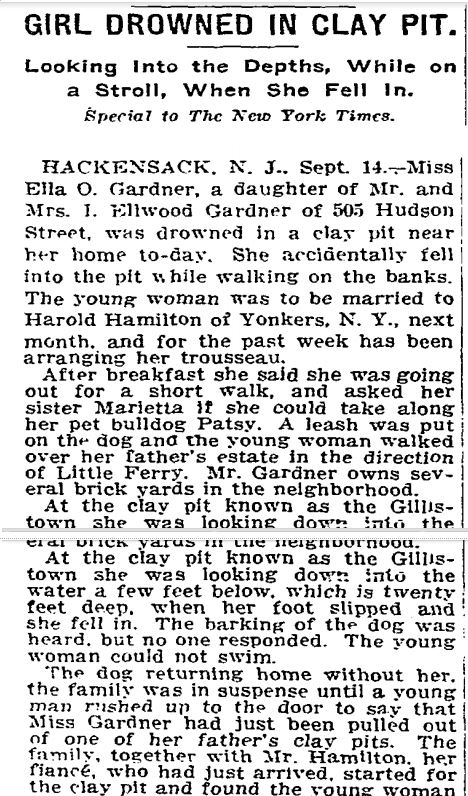
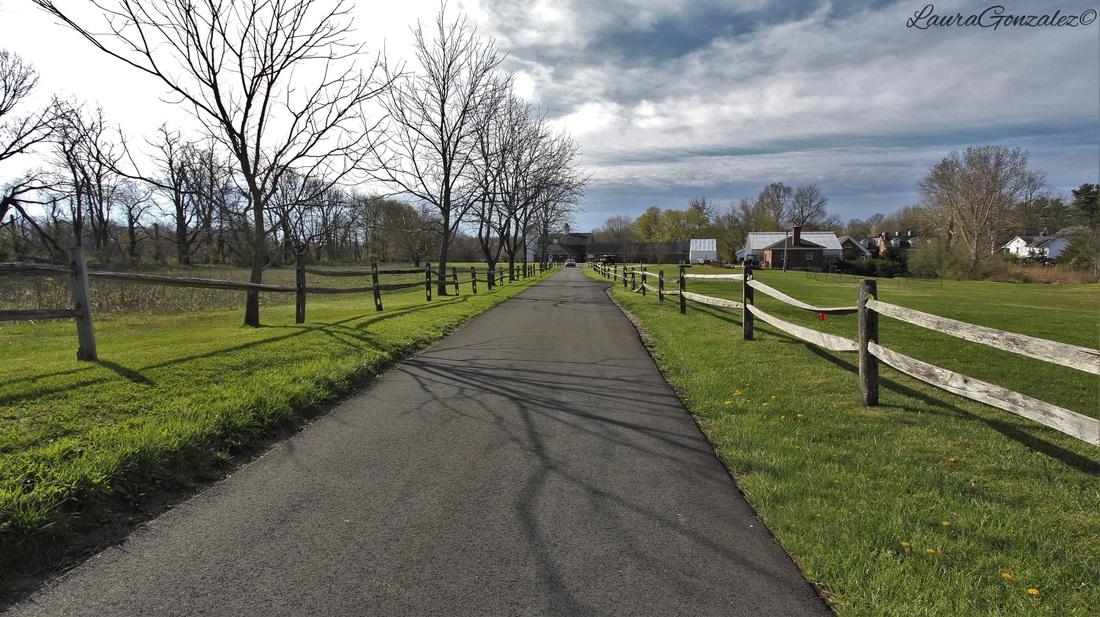
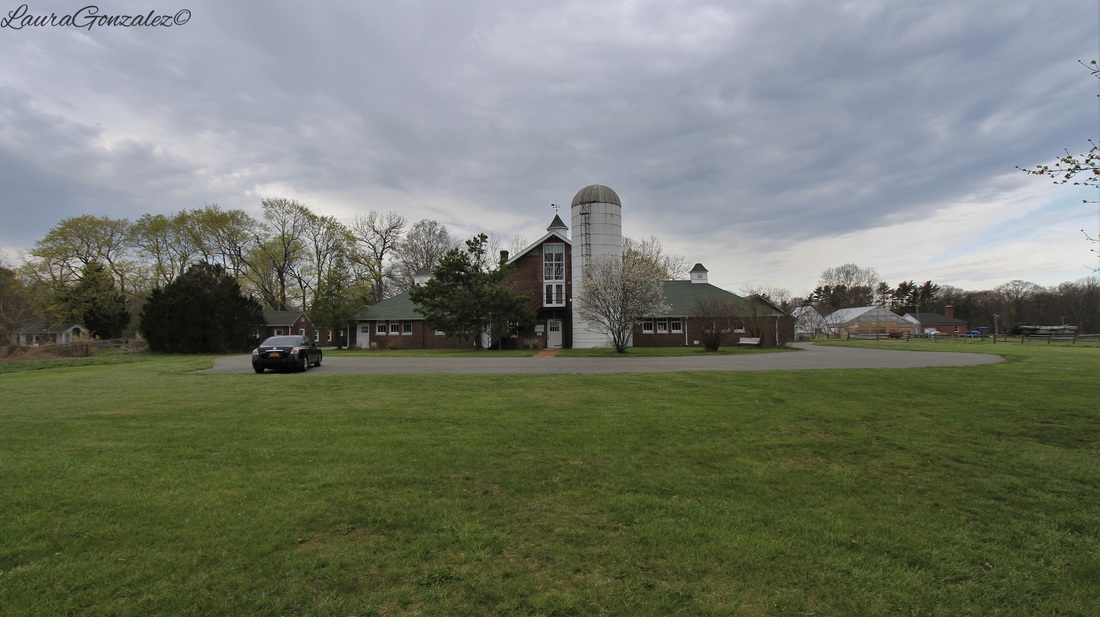
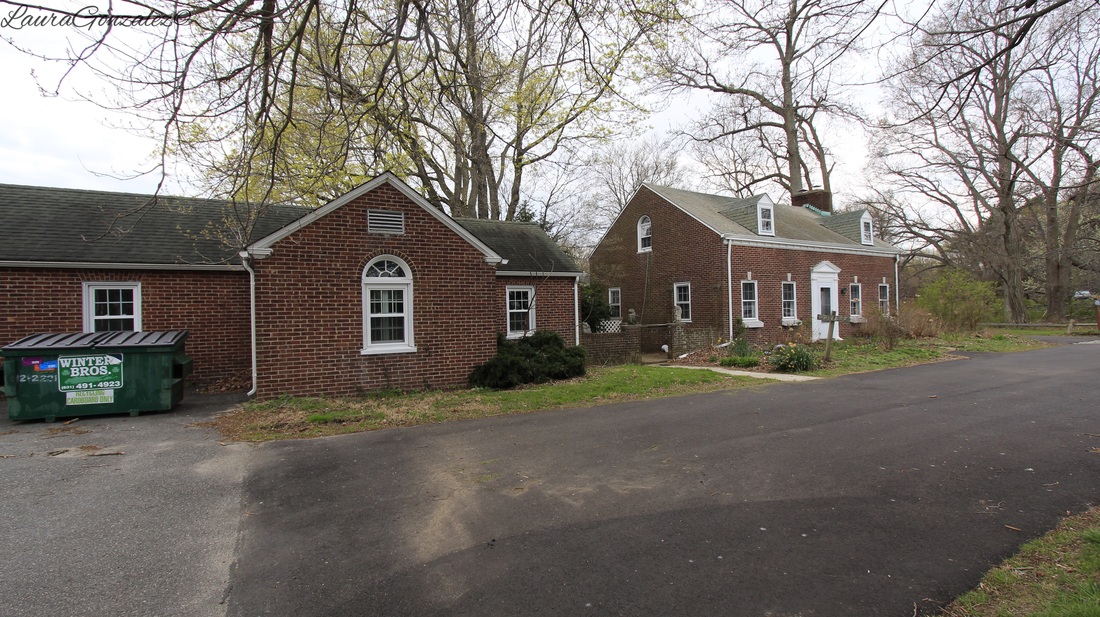
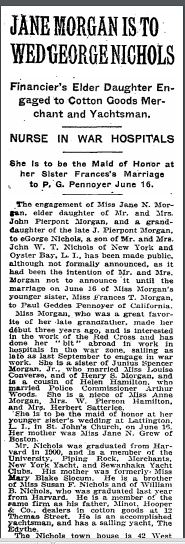
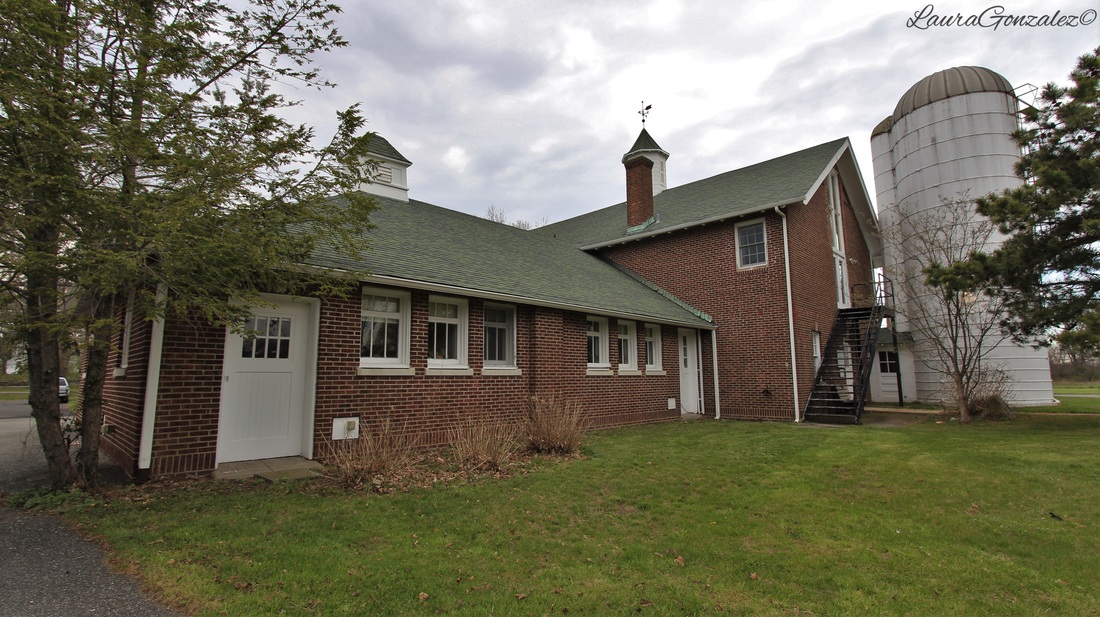
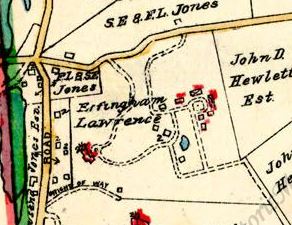
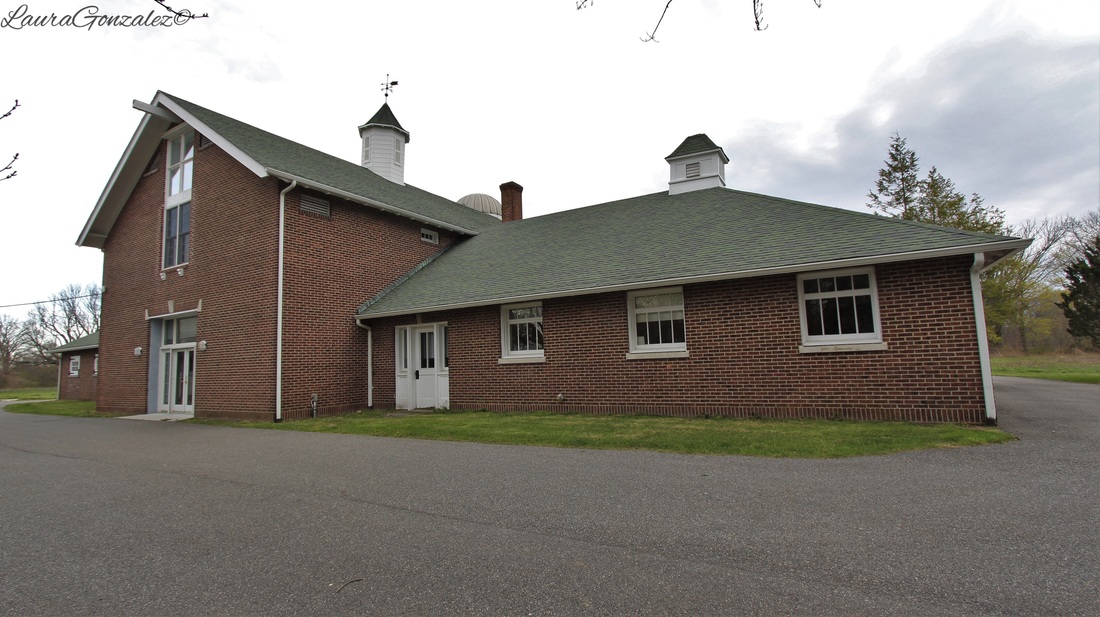
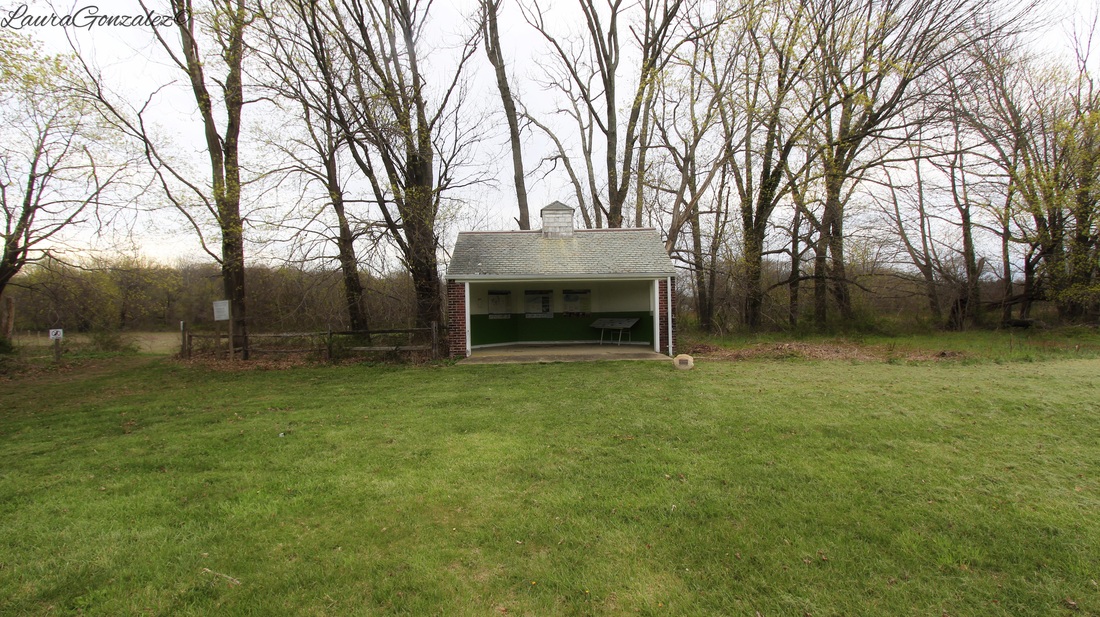
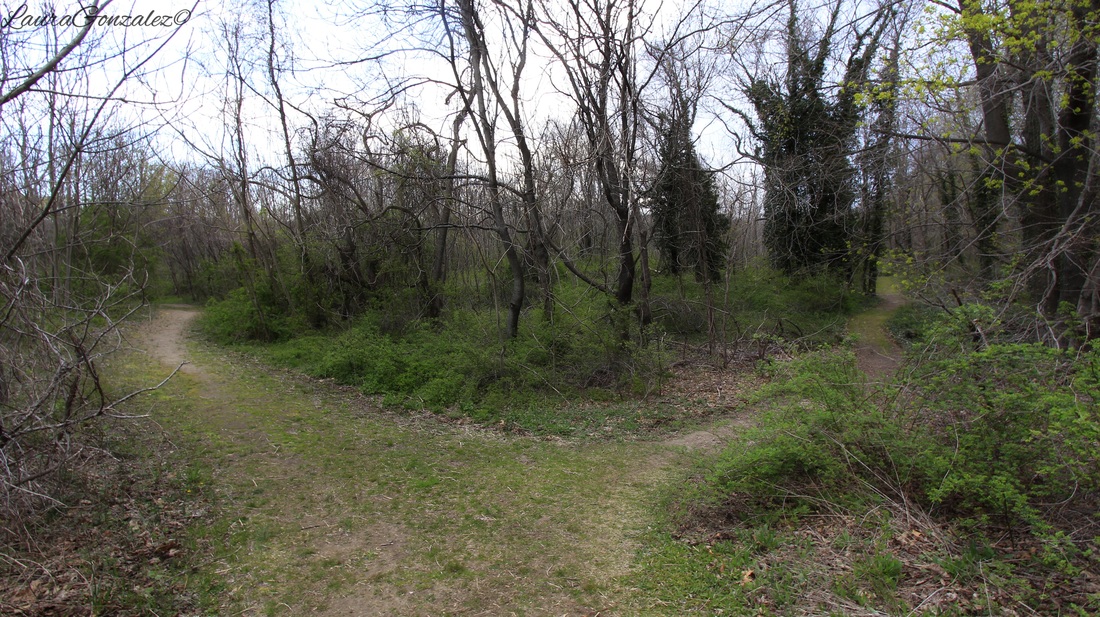
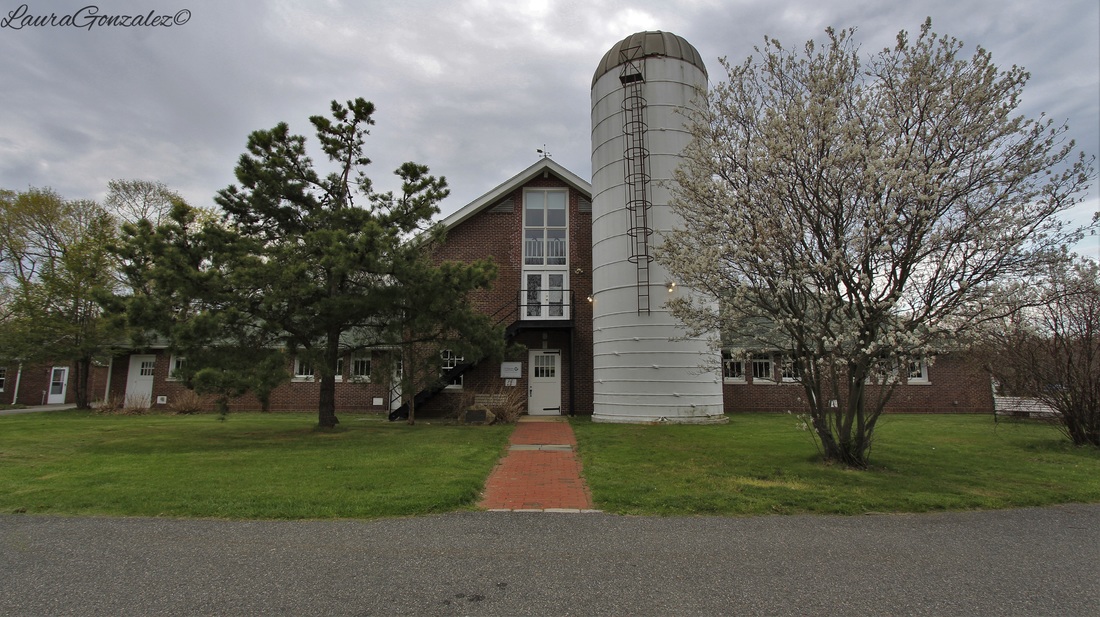
 RSS Feed
RSS Feed
